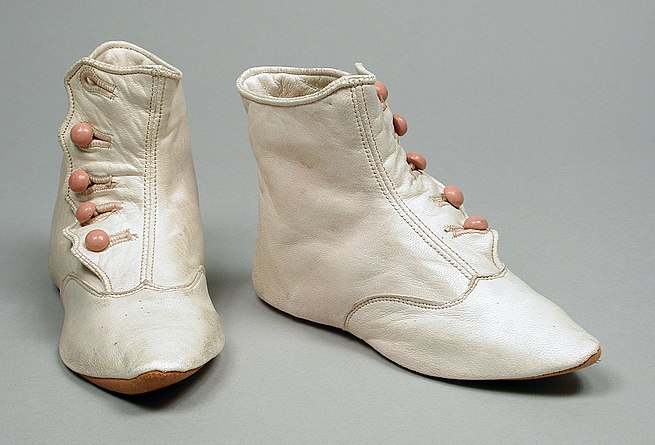
Main Difference
The main difference between Kidskin and Calfskin is that the Kidskin is a a type of soft, thin leather, traditionally used for gloves and made from goatskin and Calfskin is a leather produced from the hide of a calf.
-
Kidskin
Kidskin or kid leather is a type of soft, thin leather that is traditionally used for gloves (hence the phrase ‘kid gloves,’ used since at least 1888 as a metaphor for careful handling). It is widely used for other fashion purposes such as footwear and clothing. Kidskin is traditionally made from goatskin – more specifically, the skin of young goats (or ‘kids’), although equivalent leathers such as lambskin and chickenskin (actually a form of calfskin) give the same effect.
-
Calfskin
Calfskin or calf leather is a leather or membrane produced from the hide of a calf, or juvenile domestic cattle. Calfskin is particularly valuable because of its softness and fine grain, as well as durability. It is commonly used for high-quality clothing, shoes, wallets, and similar products, as well as traditional leather bookbindings. In these contexts, just “calf” is commonly used. Fine calfskin is one of the skins used for vellum and parchment manuscripts.
In Spanish, the word is novillo, referring to leather from animals less than three years old. Chickenskin, despite its name, is a form of calfskin made using the skin of unborn calves.
In fashion, soft finished calfskin is sometimes described as veau velours (French for “velvet calf”).
-
Kidskin (noun)
The skin or hide of a kid, i.e., a young goat.
-
Kidskin (noun)
The leather made from such skins.
-
Calfskin (noun)
A fine leather made from the hide of a calf.
-
Kidskin (noun)
leather made from the skin of a young goat
“my new kidskin shoes”
-
Calfskin (noun)
leather made from the hide or skin of a calf, used in bookbinding and shoemaking.
